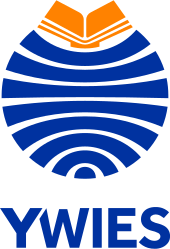Go Back
News
Wechat News
Flying with Our Heroes
Wechat News
06 Jun, 2022
10 : 00
Before you know it, the pandemic in Beijing has been going on for a month, and the kindergarten kids miss campus life. Parents have done their best to accompany the powerful and unconstrained babies. We hope parents can get some inspiration to accompany their children by reading this article.
YWIES Beijing adheres to the student-oriented approach, stimulating children's interests through "play based teaching" in flexible student driven function areas, develops generative courses, providing students with rich learning and activities, and covers children's learning and development five areas: health, language, society, science, and the arts. How does the emergent curriculum unfold? Let's take a look at the K5 class in ECE before this round of epidemic.
Finding our Topic…
Throughout the year, we have observed that there has been a continued interest in both flight and heroes. Therefore, we decided to combine both of these interests into one topic which we named, ‘Flying with our Heroes.’
Creating the Set-Up
We involved the students in preparing the set-up to give them ownership of the space and to include their ideas in its design. The students helped to create many of the resources such as the computers in the role play area, the paper planes that hang overhead, to assemble and decorate the rocket and to pump up the flying hero balloons.
The beginning
To begin, we watched an animation called, ‘One Small Step’. In this short animation, it tells the story of Luna, who dreams of becoming an astronaut. With the support of her father, who runs a shoe repair business out of his garage, the young girl grows up with ambitious dreams and eventually heads to college where she faces a series of challenges and setbacks before eventually she achieves her dream of becoming an astronaut. We used this animation to discuss what Luna’s dream was and who the heroes in the story were and why. This led onto us thinking about what our future dreams are and drawing some ways showing things that we can do to help us achieve our future dreams. This led to us interviewing people in our school to find out who their heroes are and why. In our first week, we also thought of some questions about our new topic that the students hope to explore. This gave us some additional direction for the new topic.
Learning about Mathematics through our topic
To begin, we had daily space tangram challenges for Mathematics week. Through our tangram challenges, we revised the shape vocabulary of triangle and square and learnt the new word parallelogram. We also revised how to complete a block graph and solved simple addition and subtraction problems around the theme of space. We used the strategy of using pictures and a number line to support our conceptual understanding. We also created our own space number stories through pictures.
Learning about heroes who have shaped what we know about space
The first hero we learnt about was the Russian astronaut, Yuri Gagarin. After watching an interesting animation, and PowerPoint about him, we drew our own portraits of him and why we thought he was a hero. The second hero we learnt about was the Russian astronaut, Valentina Tereshkova who was the first woman to go into space. We learnt how she inspired women to set themselves high challenges. The next hero we learnt about was Neil Armstrong. We learnt the famous words, “One small step for man, one giant leap for mankind.” We learnt how this achievement changed the world as our experience was no longer limited to just one planet.
Art Domain
We provided a lot of art provocations around space that the students were engaged in. Our specialist art lessons were also centred around our topic.
Exploring Art Through Open Ended Resources
Some students accepted the challenge of designing and making an astronaut’s costume from open ended resources for a doll. The students worked in small groups which required them to communicate with each other, make compromises and take responsibility to complete the task.
This task required them to incorporate what they know about astronaut’s clothing with their own creativity. In addition, the students were developing their fine motor skills as they cut, attached and manipulated different materials.
Integrating Stem into our Topic
Inspired by Yuri Gagarin, we made our own rockets. Some students made two rockets, changing the size, and then testing and recording the results on a simple table. We then used the results to answer our question: Does the smaller rocket or bigger rocket fly further?
We designed and tested a two-straw rocket. We used our knowledge of the parts of a rocket such as the nose, body, fins and exhaust fumes when designing our rocket. We again used the non-standard measurement unit of our own feet to measure. We recorded our measurements on a simple table.
Society Domain
As the topic progressed, we found we had learned a lot about space and the eight planets. At this time, we received an invitation from a K4 class to share our knowledge about the eight planets. The students explained the characteristics of the eight planets, their distance from the sun, their size arrangement and so on.
In the follow up activity, the K5 students led the K4 students to create a working model of the earth’s orbit in the solar system. All the students presented what they had learned through practical activities. Most importantly, through this experience, we had the opportunity to develop our social and cooperative skills and to connect with our younger peers.
Language Domain
We learnt to read the Chinese and English topic vocabulary. In the Chinese activity, the children memorized the space-themed keywords by using the concept of "shape like character". We found that many Chinese characters were similar in shape, and some characters had different meanings with only one line or one-point difference. At the same time, we explored two ancient poems "Watching the Lushan Waterfall", and we tried to find elements related to the theme in the poems.
Astronauts Grow Gardens in Space Display
Finally, through our information display, the students learnt that astronauts grow food and plants in space. They were able to make their own connection to this learning by exploring our class plants with magnifying glasses and growing some seeds of their own.
The emergent programme provides every child with opportunities to grow a positive self-identity. The adults ensure the programme meets each child's individual developmental needs. All learning areas integrate as the children, guided by the teachers, develop their physical, personal, social, communicative and emotional capabilities. Within this emergent model, the children begin to formulate understanding of, and skills in, English and Chinese literacy, Mathematics, creativity and knowledge of the beauty and cultural diversity of the world around them.
The Iargely tailor-made emergent curriculum helps students explore and discover. The bilingual stream classes are small. Teachers can closely observe children’s feedback during daily activities and select topics according to children’s interests. Hope parents will be able to find better ways to accompany your kids after reading through the shared case as above.
YWIES Beijing takes a holistic approach that creates a positive, caring, joyful and appreciative learning environment and nurtures the whole person. It prepares students to look beyond the walls of the classroom and their countries and launches them on a personal journey of growth to become confident, balanced individuals with international perspectives. If you want to know more about Yew Wah, you are welcome to make an appointment to explore the campus and witness such inspiring teaching and learning.








